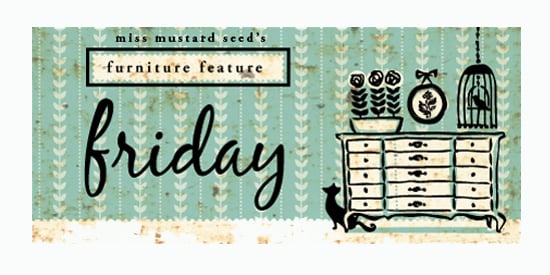Hello My Blog Friends!! I've been keeping busy, so I'm trying to squeeze in some time to share a project or two with you. The weather here has been all over the place, so I'm trying to take advantage of each sunshine moment I can that I'm not at work to try to crank out some furniture. I gave you a sneak peek of this bench a little while back, but never got a chance to share the details.
This piece was for a local Florida client. She rescued this headboard and footboard from a family member who had destined it for the dump. I know, GASP! But, if you had seen a true before (which of course I don't have -- big surprise!), you would be more understanding. There was VERY outdated engraving in the headboard...not the kind of engraving that you could sand out...I'm talking engraved into the wood about 1/2 an inch. So, I took the headboard to a friend of mine to have it planed. We shaved off a 1/2 inch of wood from the top of the headboard. Goodbye funky outdated design!
Then, in the very end we were left with this, but I'll share how we got to this point:

I did a lot of sanding with my orbital sander to smooth everything up. I started with a 120 grit paper and worked up to a 220 grit before painting. I used a dry brush technique to brush on "Alligator Green" from Benjamin Moore. Dry brushing (this technique is explained here) uses just a little paint to give a very feathered look.
The "Alligator Green" was followed with Graphite from Annie Sloan Chalk Paint. This was also applied with a dry brush technique.
After all of the painting, I sanded it some using 220 grit, just to help everything blend well.
Here's another before and after glimpse:
This piece was going to be used on a patio by my client for an outdoor table, so I gave it three coats of polyurethane once the paint dried.
It's not shown in this picture, but we also added some vintage casters to this piece to it would be easy to move around on the patio.
Thanks for visiting. Be sure to like the JUNKtion's Facebook Page. We will be having a give-away if we can reach 300 likes!!!
Linking up to these great parties:































